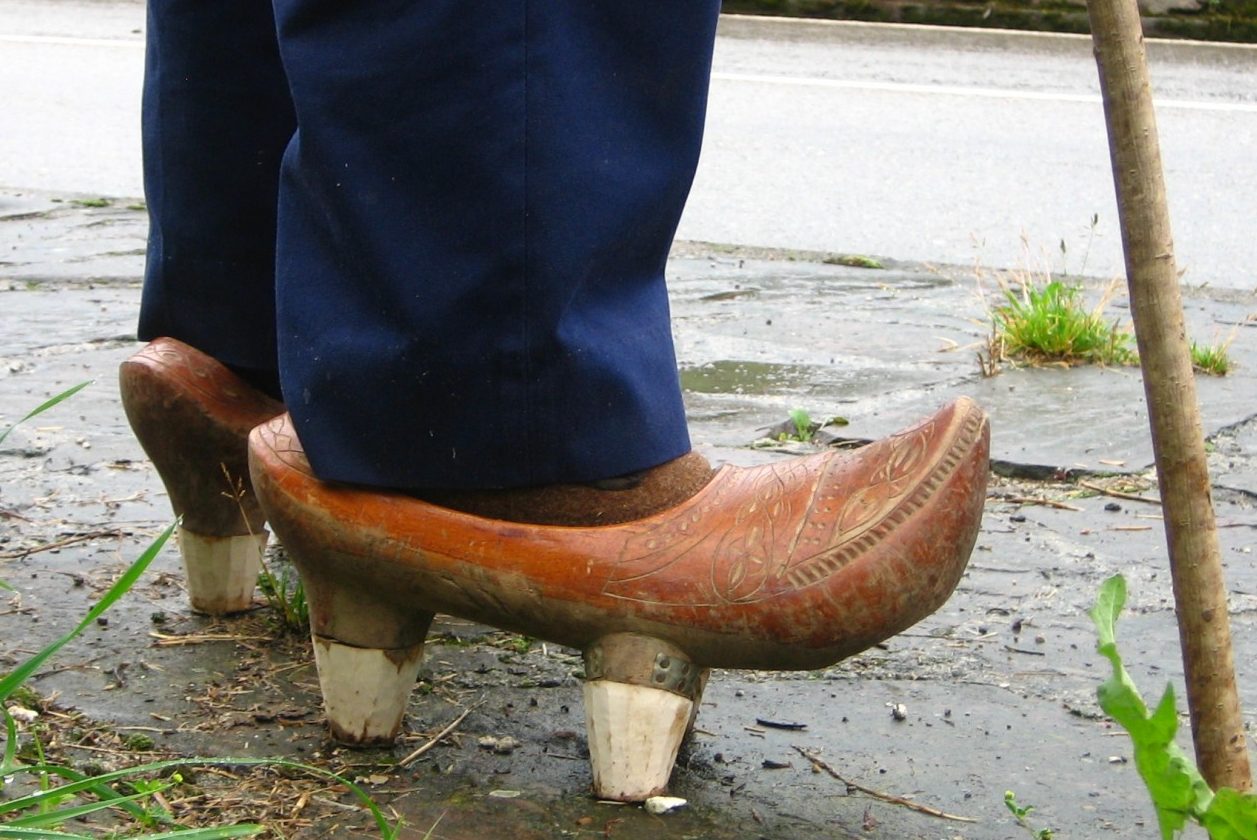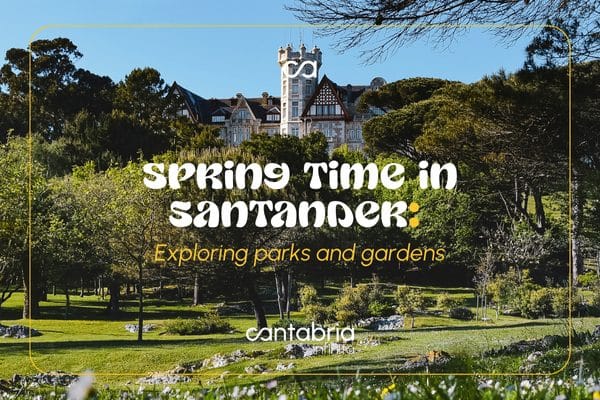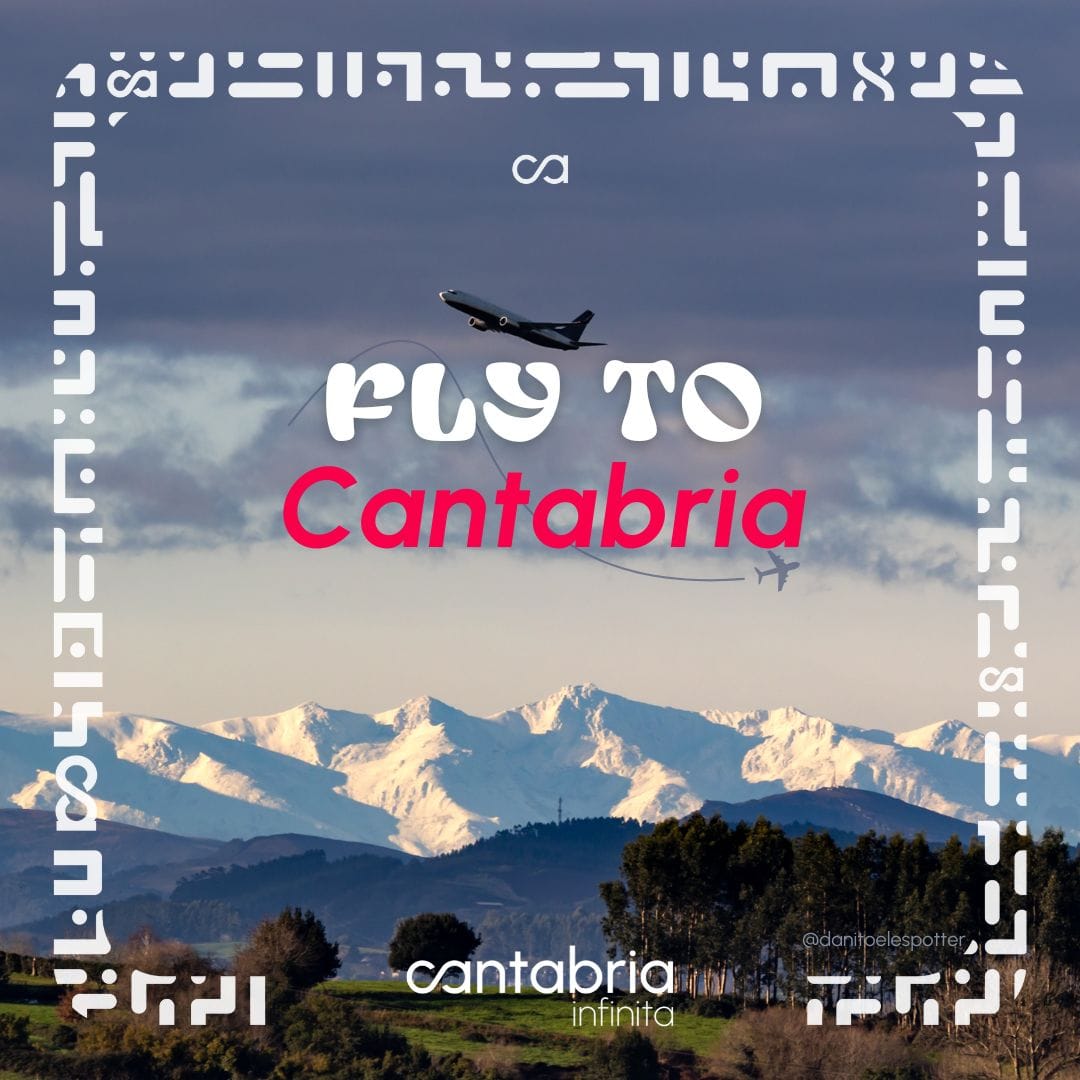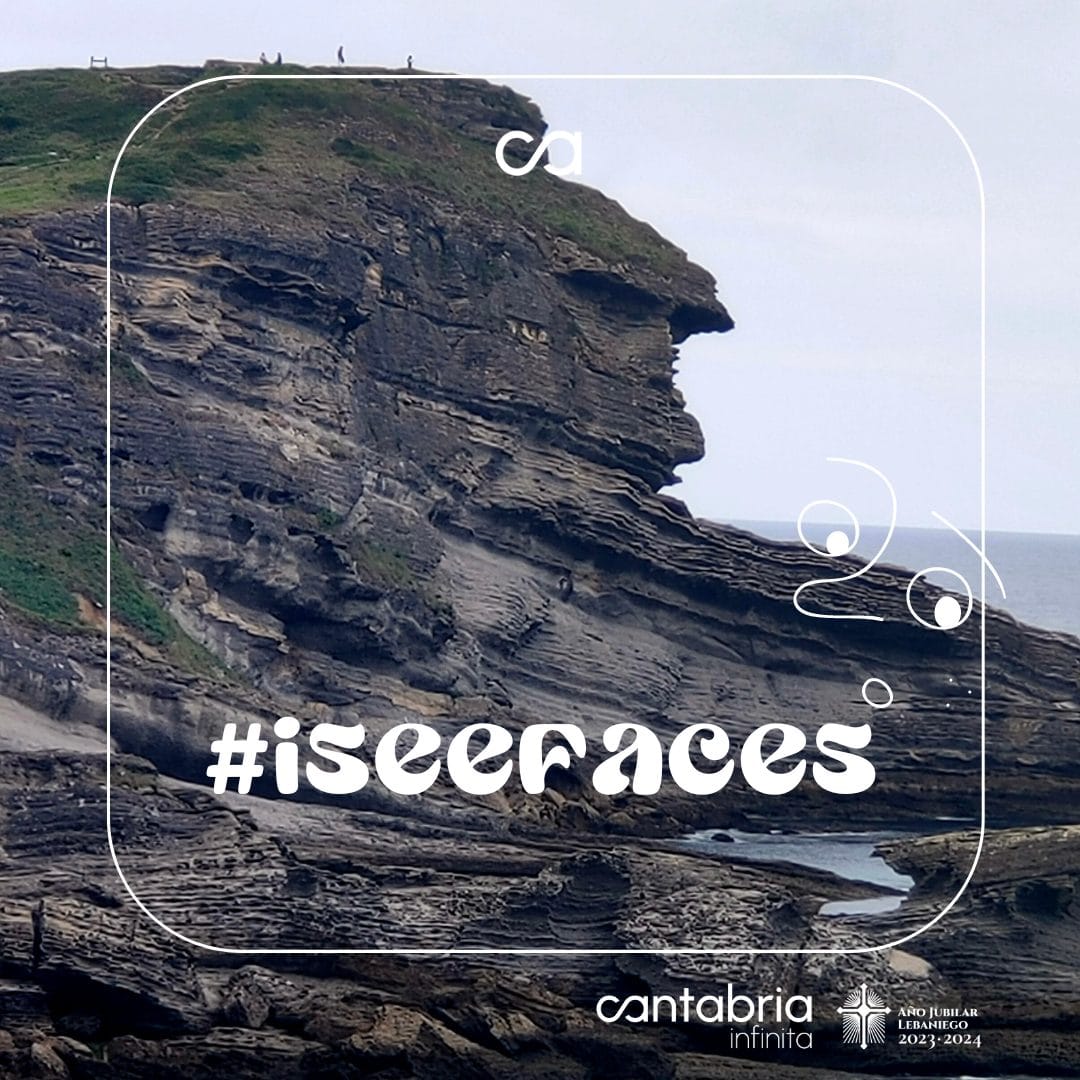«Albarcas» in Cantabria
The use of albarcas has been, throughout time, very practical in a wet and rainy region such as Cantabria.
In our previous posts, we already know that we have mentioned many times the beauty of our sea, our green fields and our extraordinary gastronomy. But the fact is that if there is something we brag about in our Cantabria Infinita it is our deep-rooted traditions which, consolidated as an identifying feature of our land, survive in a mostly technological world. For this reason, today we will tell you about one of our most visual, but perhaps not very well known, traditions. Today this post is dedicated to our albarcas (clogs or wooden shoes): a rustic, peculiar and distinctive footwear which identifies our region and is made of a single block of wood, combining practicality and beauty in the same piece.
The use of albarcas has been, throughout time, very practical in a wet and rainy region such as Cantabria. Its use is very suitable to protect the feet from water and dirt on the ground, and in particular to carry out the inherent work of farmers and peasants. It is practical for walking on rugged terrain, in muddy areas, and similarly in the snow, due to the “tarugos” (stilts), as the lower heels of these shoes are called, give elevation to the foot, facilitating agility when walking. Given their continuous use, it was customary to have a pair of albarcas to wear every day and a newer, more colourful pair to wear on festive days.
When the wearing of this footwear began is unknown, however, albarcas are mentioned in a document from 1657, in which King Philip IV requested the Pope the creation of the Diocese of Santander. Much later, a Cantabrian writer, Manuel Llano, described the variety of albarcas in his work “Brañaflor” (1931).
The truth is that these pieces of art – which they are – would not exist without the skill of the albarquero (or albarca maker), the traditional craftsman. These wood artisans are responsible for the design and manufacture of this footwear. Craftsmen who are artists and who do not hide their art taking it the region’s fairs to introduce everyone to a profession which should not be forgotten. It is a craft of yesteryear which requires a special gift and skill, which is why only very few have been able to inherit this skill from their parents and grandparents. Moreover, this wooden footwear has its own slang, passed down from generation to generation over hundreds of years. There are as many as nine vocabulary words used to name the various parts of the albarca alone, which are important to know. The upper front part is known as the pico; the front curve is the papo; the capilla is the upper front area which covers the toes; and the boca is the opening of the albarca through which the foot is inserted. Furthermore, the flequillo is the recess that borders the boca at the top; the interior cavity occupied by the foot is known as the casa (or house); and the calcañar (heel) is the rear part. “Pies” are the three or four lower blocks where the “tarugos” (stilts) are positioned, which are a wooden supplement placed on the feet of the albarca and which are replaced as these wear out.
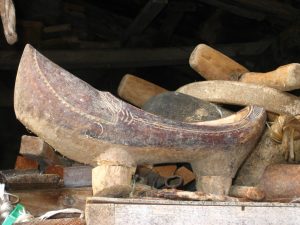
How are the albarcas made?
In order to turn the wood into a work of art, the piece must first be given a shape similar to that which would be the albarca with the use of an axe, and then the design of the sole. With this tool a kind of sketch is made. Then moving onto what is called the “azolar” (to model timber), which consists of modelling the albarca in greater detail using a tool called an adze. Next, the following step is to create the casa (house), the space where the foot will be, with the augers and the awl. Finally, the outer surface is levelled using the resoria, a steel blade with two side handles, which some albarqueros make from an old dalle. A knife is also used, and finally the surface is sanded and varnished.
After this complex process, it’s time to turn to the design, the only part where innovation has a place. Flowers, leaves, shells, notches and geometric figures, each albarquero has his own models and symbols, and imagination likewise plays a fundamental role.
Men’s and women’s albarcas differ not only in size, but similarly in shape and decoration, with women’s being more delicate and men’s coarser. In the past, the colour varied, using black for priests and widows and brown for the rest. To colour this footwear, milk from recently delivered cows was used and the shoes were browned over a fire.
The region from which this footwear come similarly marks many variations in various details of the albarca. There are the bociconas, the carmoniegas (from Carmona), those hebilla, pico entornado (typical of Campoo), mochas, piconas and many more albarcas.
The roots of this footwear in our land are maintained thanks to the work of artisans, cultural and folklore groups and also to the existence of popular festivals in which the albarcas are the stars. Cantabria, more waiting to be discovered.

